How to Fix A Door that Sticks Due to Humidity? Details Guide
In this guide, we’ll show you how to fix a door that sticks due to humidity. From identifying the root cause of the problem to practical solutions.
If you’re struggling with a door that sticks due to humidity, don’t worry; you’re not alone. It’s a common problem that many homeowners face, but fortunately, it’s also a problem that can be easily fixed.
In this guide, we’ll show you how to fix a door that sticks due to humidity step-by-step. Here are the general steps:
- Step 1: Removing the door from its hinges
- Step 2: Clean and oil hinges or replace worn-out parts
- Step 3: Adjusting the fit of the hinges
- Step 4: Sanding the edges of the door
- Step 5: Applying a moisture-resistant sealant
- Step 6: Reinstalling the door
Total Approximate Time:
- For minor adjustments: 5-20 minutes.
- For sanding or planing: 30 minutes to an hour (not including drying time for sealants).
- For more extensive repairs or replacements, 1-3 hours or more.
Preparation to Fix A Door that Sticks Due to Humidity
To fix a sticking door, you will need the following:
- A screwdriver (Phillips’s head) or drill with driver attachment if working on a wood frame
- Hammer and chisel (if working with metal frame)
- Doorstops (optional): A rag or some lubricant
- Sandpaper block or electric sander
Now, let’s introduce how to fix a door that sticks due to humidity step by step:
Step 1: Removing the door from its hinges
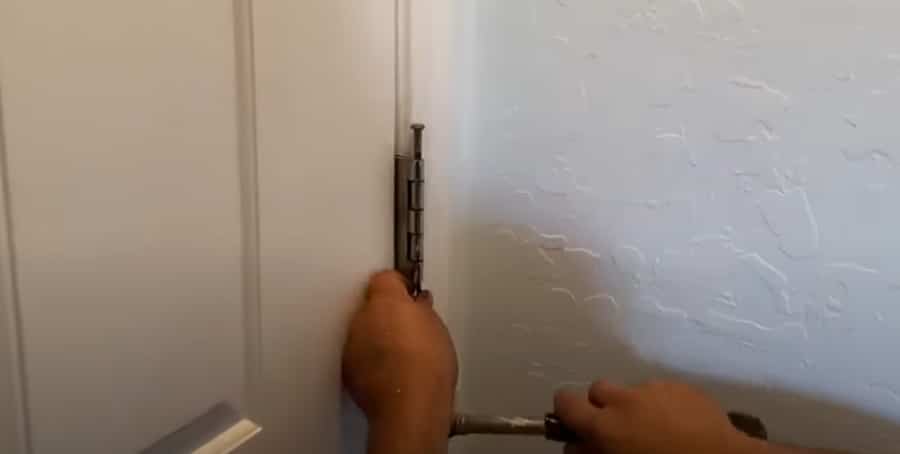
Now, please try to remove the door from its things:
- Identifying the screws or pins that hold the door hinges in place
- Removing the door from its hinges, laying it on a flat surface, and removing all of the screws that hold the hinges in place
- Replace those screws with longer ones (you can use any length you want) so that you have more adjustment when adjusting how far away your door opens from its frame or wall.
Step 2: Clean and oil hinges or replace worn-out parts
After removing the door from its hinges, please clean and oil them or replace worn-out parts.
- Clean and oil the hinges. If your door is sticking because of humidity, oils, and grime are likely on your hinges. To fix this problem, use a damp cloth to remove any extra dirt or grease around the hinges. You can also use an oil-based lubricant (like WD-40) to lubricate them so they move more smoothly when you open or close your door.
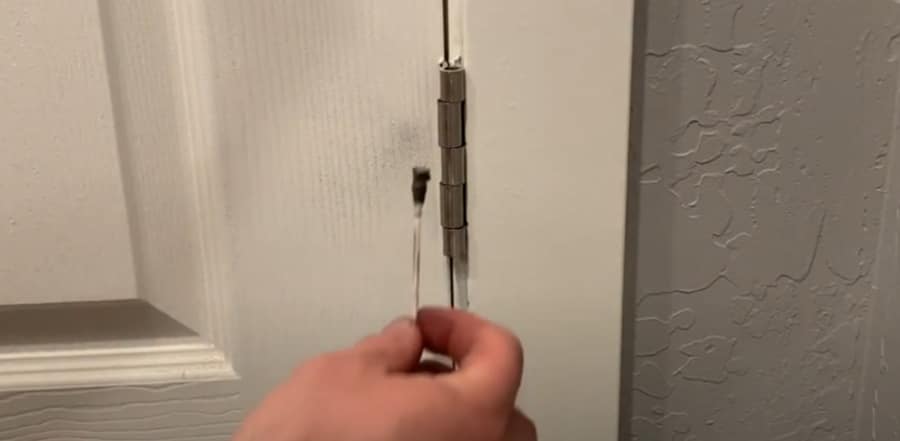
- Replacing worn-out parts: If cleaning doesn’t work, it’s time to replace your old hinge with new ones! You can purchase replacement parts at home improvement stores and hardware stores for about $10-$20 each, depending on what kind of hinge you need for your specific door style/size.
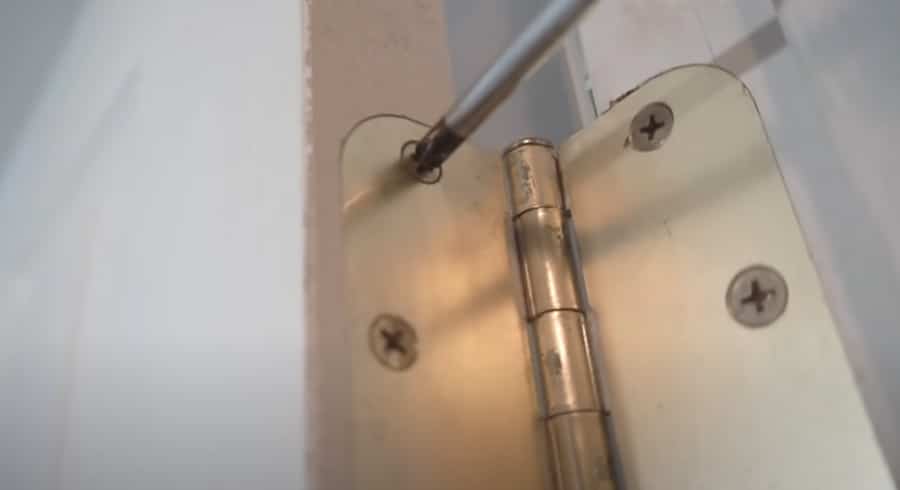
Step 3: Adjusting the fit of the hinges
Ensuring the hinges are properly aligned is important if your door sticks due to humidity. This will ensure that your door swings freely and doesn’t get stuck on its way open or shut.
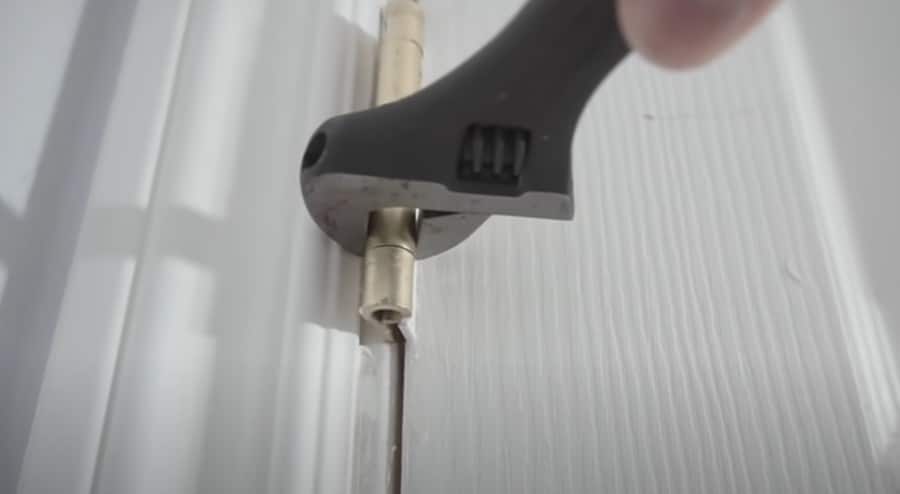
To determine whether the hinges are misaligned, check their fit against the door frame. If one side of the door hangs lower than the other when closed, your hinges are likely out of alignment.
If this is the case, adjusting them is fairly simple: loosen both screws on each hinge with a screwdriver (or wrench) and gently tap them into place with a hammer or mallet until they’re flush against both sides’ frames.
You’ll want to ensure not to over-tighten any screws, as this could cause damage to your door frame or trim piece!
Step 4: Sanding the edges of the door
Sanding the edges of a door is a common solution for doors that stick due to humidity.
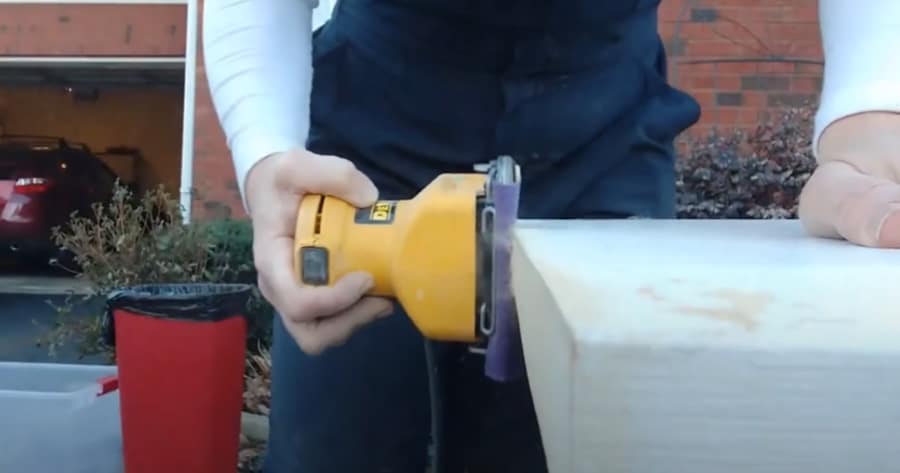
First, choose your sandpaper block or electric sander (you can get these at most hardware stores). Then, follow these steps:
- Sand away any rough or raised edges on your door using 80-grit sandpaper; this will smooth out those areas, making them less likely to catch on clothing or shoes when opening/closing your door!
- Switch over to 120-grit paper once those rough spots are gone; this step helps smooth out deeper scratches left by 80-grit paper in step 1 above!
Once you’ve finished sanding, wipe away any dust with a clean cloth or vacuum. Check for uneven edges and other areas that need to be sanded again. Once the surface is smooth and even, use 120-grit paper to remove all remaining scratches left by 80-grit paper in step 1 above!
Step 5: Applying a moisture-resistant sealant
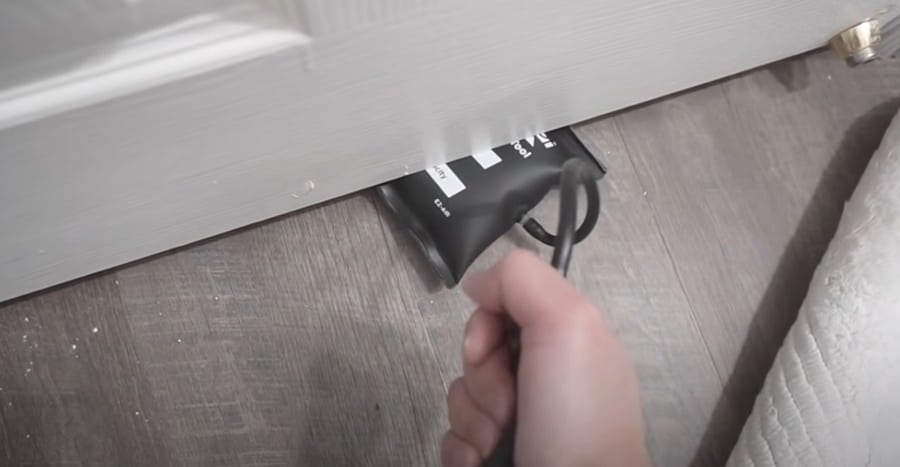
If you want to keep your doors from sticking in humid weather, seal them. A good moisture-resistant sealant will protect the door from getting moldy and prevent it from sticking shut.
A moisture-resistant sealant is designed to help prevent moisture from getting into the wood. It can be applied directly to the surface of your door or frame, filling in any gaps and cracks.
A few different types of sealants can be used for this purpose.
- Polyurethane and varnish are popular options because they’re easy to apply and last years without maintenance.
- Silicone is less expensive than other options (though more expensive than wax) and doesn’t yellow over time like some polyurethanes when exposed directly to sunlight or UV rays (which might happen if your front door faces south).
- RainBlocker Spray claims even greater protection against humidity; however, this costs considerably more than either polyurethanes or silicones, so take care before investing in them!
Step 6: Reinstalling the door

We need to reinstall the door if you have finished all the above jobs. Please note: To ensure that your door is properly installed and aligned, you will need to use a level:
- Adjust the level against the bottom of your door until it reads level.
- Then, place another level on your door and adjust until it reads level.
- If this is not possible due to a lack of space, try using shims or wedges between the door and jamb so that they remain aligned in their respective positions when you open and close them together (or slowly).
Once these two steps have been completed successfully, reattach your hinge pins with pliers or adjustable wrenches so that they are tight enough not to slip out but not too tight where they might break off from over-tightening (you don’t want any sharp edges sticking out).
Once you’ve aligned and reattached your door properly, test it by pushing on both sides of its frame while standing in front of it (not in between). If there’s still some resistance when opening or closing your entryway, try using silicone spray around all edges where they meet their jambs.
For more information about fixing a door that sticks due to humidity, check the following video:
How to Fix a Sticking Door | Swollen Door | Door Jamb
Why does a door stick due to humidity?
If your door is sticking when it’s humid out, there are a few things you can check before fixing it.
Check the humidity in your home.
Too Much Humidity Is the Obvious Cause of doorsticks. The first you need to do is check the humidity in your home.
The best humidity in your home is between 40 and 60 percent. If you don’t know the humidity level, use a hygrometer to measure it. You can buy one at any hardware store for about $10.
If this doesn’t work or you have other humidity issues in your home (like mold), consider using an air conditioner or dehumidifier during hot months when it’s too warm outside.
Check the weather stripping on the bottom of the door
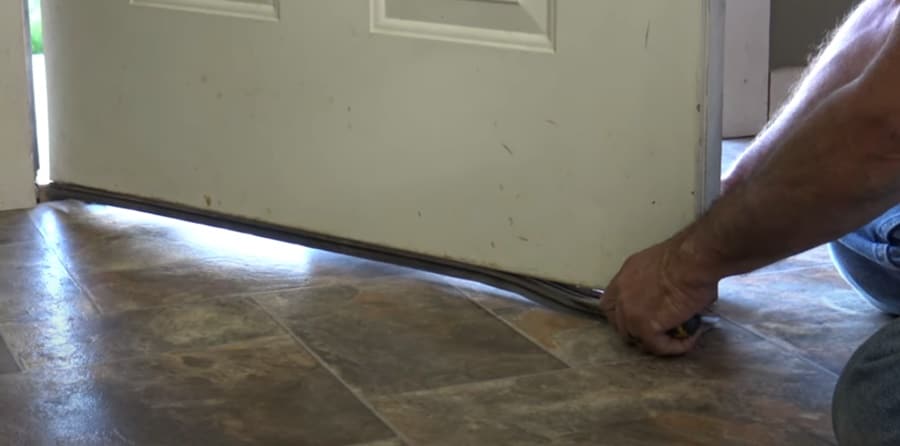
The weather stripping on the bottom of your door is important to keeping your home safe from moisture and humidity. It cannot do its job properly if it’s damaged or old. The first thing you want to check is whether or not this strip is still in good condition.
- Does it look damaged?
- Is it torn or ripped?
If possible, you’ll need to replace this piece with a new one; otherwise, try fixing up what’s currently there with some duct tape (but don’t overdo it because you’ll have another problem).
Checking the fit of the hinges
When trying to fix a door that sticks due to humidity, you next need to check the fit of your hinges.
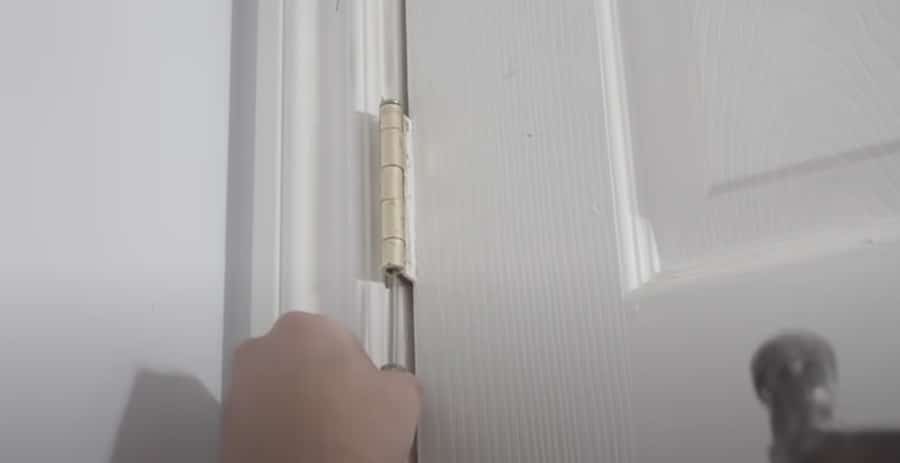
The hinges are part of your door that holds it in place and are designed to be flush against the door frame, so if they’re not. If they’re loose or misaligned, they can cause your door to stick.
- Your door won’t close properly because one side will be higher than the other;
- The gaps between adjacent doors will grow wider over time as more moisture builds up behind them;
- Doors may stick open or closed due to pressure exerted by warped woodwork around their edges.
- Open your door fully and visually inspect both sides of each hinge for gaps between it and its corresponding piece of wood (called a stile). If there are any gaps in this area, you’ll need to adjust them so they’re even all around.
Check the door’s fit in its frame.

It’s also important to check the door’s fit in its frame.
- If a door is too tight, it can cause problems with humidity because there will be less air circulating it. If your doors are difficult to open and close, take some time to adjust the hinges.
- You may need someone else’s help with this task–but once you’ve loosened things up and made sure everything works smoothly again, you should notice an improvement in how your home feels regarding humidity control!
If you’re still having problems with humidity, try adjusting the damper. This small movable door in front of your fireplace controls how much air enters your home.
How to prevent a door from sticking due to humidity?

There are a few things you can do to prevent future issues:
- Regular maintenance and inspection of your door are important. This will help you catch small problems before they become big ones.
- It’s important to clean and lubricate the hinges to move smoothly and not stick in humid weather conditions. This can be done by applying a silicone spray or WD-40 to the hinges and door frame (but not the door itself).
- If you want your garage door to last as long as possible, you must take care of it regularly.
- Regular maintenance is the key to ensuring a door will operate properly. The more you use your door, the more likely something will go wrong.
- Preventive maintenance can help you avoid costly repairs in the future and keep your home safe from harm by performing regular inspections of doors, windows, and other components of your home’s exterior.
- Cleaning and lubricating hinges often help keep them running smoothly so they don’t stick or squeak when opened or closed!
Conclusion
The best thing you can do is to keep an eye on your door and fix it before it gets too bad. We hope this article has helped you understand how to fix a door that sticks due to humidity. If you have any questions about how to fix a door that sticks due to humidity, please don’t hesitate to contact ShineACS Locks!

